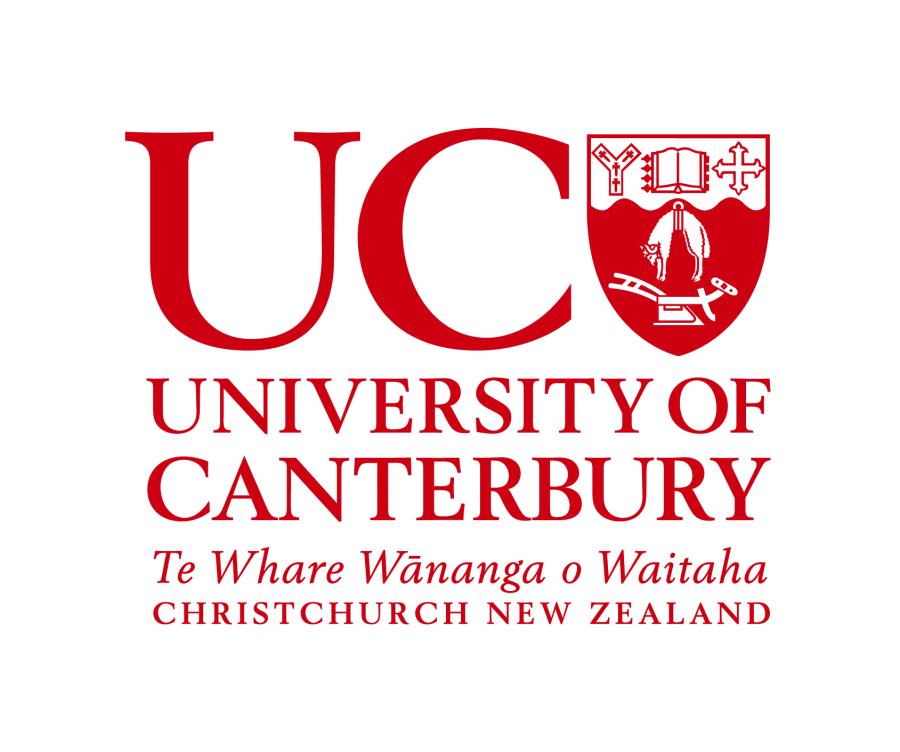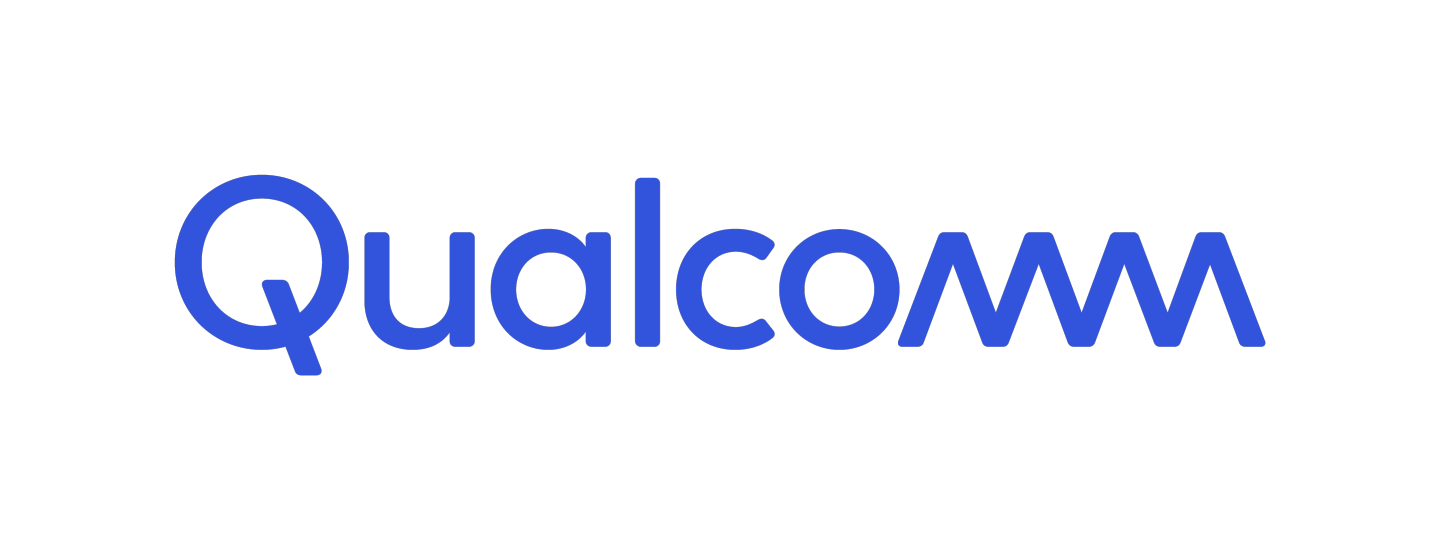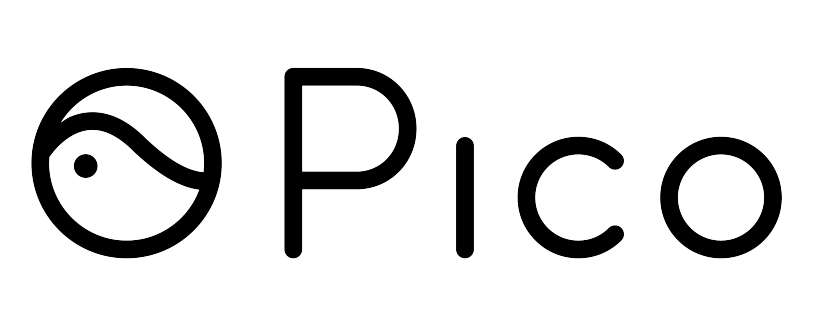
Call for Conference Papers
IEEE VR 2022: the 29th IEEE Conference on Virtual Reality and 3D User Interfaces
12-16 March, 2022, Virtual
http://ieeevr.org/2022/
Important Dates
- Monday November 1, 2021: Conference paper abstracts due (REQUIRED)
- Friday November 5, 2021: Conference paper submissions due
- Wednesday December 22, 2021: Conference paper notifications of results returned to authors
- Friday January 21, 2022: Camera-ready material due from authors of accepted conference papers
Links
- Paper abstracts and complete papers must be submitted electronically through the online submission system: https://new.precisionconference.com/~vr
- All paper submissions must be in English. All IEEE VR Conference Paper submissions must be prepared in IEEE Computer Society VGTC format (https://tc.computer.org/vgtc/publications/conference/) and submitted in PDF format.
Overview
IEEE VR 2022 seeks original, high-quality papers in all areas related to mixed realities (MR), including virtual reality (VR), augmented reality (AR), and 3D user interfaces (3DUIs).
For inquiries, contact: conferencepapers2022 [at] ieeevr.org
Submission Guidelines
Each research paper should be a validated contribution covering one or more of four styles of papers: methodological, technology, applications, or systems. Papers are welcome that provide contributions in more than one of these areas. Authors should select a primary designation for submissions:
- Methodological papers should describe advances in theories and methods of AR/VR/MR and 3DUI, such as ethical issues, theories on presence, or human factors.
- Technology papers should describe advancements in algorithms or devices critical to AR/VR/MR and 3DUI development such as input, display, user interaction, or tracking.
- Application papers provide an important insight to the community by explaining how the authors built upon existing ideas and applied them to solve an interesting problem in a novel way. Each paper should include an evaluation of the success of the use of AR/VR/MR and 3DUI in the given application domain.
- System papers should indicate how the developers integrated techniques and technologies to produce an effective system, and convey any lessons learned in the process.
Each paper should include an evaluation of its contributions such as user studies, benchmarking, and/or comparisons with existing systems/techniques/methods. We acknowledge that due to the COVID-19 situation, in-person user studies may not be possible or feasible. We encourage authors to think about other ways to validate their contribution, such as qualitative studies with fewer users, expert reviews, online studies, etc. We encourage potential authors to engage the ongoing community discussions around these topics as they are common to many of us.
Further Details Regarding Submissions. We welcome paper submissions between 4 and 8 pages, NOT including references. Note that there are no distinct categories for short papers or technotes. The contribution of the paper will be weighed against its length during review. All submissions will receive at least three reviews by experts in the field to ensure their high quality (except papers submitted with review continuity; see below). All accepted submissions must be presented orally at the conference. Conference Papers will appear in the Proceedings of IEEE VR and be archived in the IEEE Xplore Digital Library. Starting from 2018 the Conference Paper track is distinct from the Journal Paper track.
Authors are asked to identify one or more broad topic areas for each submission. These topic areas overlap, but authors should identify primary and, if necessary, secondary broad topic areas by priority within the submission system. Authors should note that the conference paper chairs will use this information only to assist with assigning the most appropriate reviewers while balancing reviewer workload. Reviewers will also indicate similar broad topic area priorities based on their expertise. There is no quota for the number of accepted submissions per topic area, and the overall program will be based on the highest quality contributions to the field as judged across all topics.
Topics
IEEE VR 2022 seeks contributions in VR/AR/MR and 3DUI including, but not limited to, the following topics:
- 3D and volumetric display and projection technology
- 3D authoring
- 3D user interaction
- 3DUI metaphors
- Accessibility of immersive interfaces
- Audio interfaces and rendering
- Collaborative interactions
- Computer graphics techniques
- Crowd simulation
- Diversity and gender issues
- Embodied agents, virtual humans and (self-)avatars
- Ethical issues
- Evaluation methods
- Haptic interfaces and rendering
- Human factors and ergonomics
- Immersive / 360° video
- Immersive analytics and visualization
- Immersive games
- Input devices
- Locomotion and navigation
- Mediated and diminished reality
- Mobile, desktop or hybrid 3DUIs
- Modeling and simulation
- Multi-user and distributed systems
- Multimodal capturing and reconstruction
- Multimodal/cross-modal interaction and perception
- Multisensory interfaces and rendering
- Perception and cognition
- Presence, body ownership, and agency
- Scene description and management issues
- Software architectures, toolkits, and engineering
- Teleoperation and telepresence
- Therapy and rehabilitation
- Touch, tangible and gesture interfaces
- Tracking and sensing
- User experience and usability
Additional Submission Guidelines
All paper submissions must be in English. All IEEE VR Conference Paper submissions must be prepared in IEEE Computer Society VGTC format (http://junctionpublishing.org/vgtc/Tasks/camera.html) and submitted in PDF format. We highly encourage authors to use the LaTeX template. However, authors who choose to use the MS Word template should ensure that the PDF submission matches the PDF format template (http://junctionpublishing.org/vgtc/Templates/october2017/vgtc_conference_latex.pdf).
Paper submissions must not have been previously published. A manuscript is considered to have been previously published if it has appeared in peer-reviewed journals, magazines, books, or meeting proceedings that are permanently available afterward in print or electronic form to non-attendees, regardless of the publication language. A prior 2-page abstract is not considered a previous publication and therefore would not prohibit acceptance.
A paper identical or substantially similar in content (in whole or in part) to one submitted to VR must not be simultaneously under consideration for another conference or journal during any part of the VR review process, from the submission deadline until notifications of decisions are emailed to authors. A concurrent 2-page abstract under review elsewhere is not considered a simultaneous publication and therefore would not prohibit acceptance.
IEEE VR uses a DOUBLE-BLIND review process. This means that both the authors and the reviewers should remain anonymous to each other. Submissions (including citations and optional videos) should not contain information that identifies the authors, their institutions, funding sources, or their places of work. Relevant previous work by the authors should be cited in the third person to preserve anonymity. Authors should work diligently to ensure that their submissions do not expose their identities either through carelessness or intentionality. Authors that have questions/issues around double-blind submission policy should contact the conference chairs at the above-mentioned email address.
In order to fully explain the relationship between the submitted paper and relevant previous work by the authors, authors may additionally upload previous papers as well as a non-anonymous letter of explanation; these materials will only be seen by the primary reviewer.
Videos. Authors are encouraged to submit videos to aid the program committee in reviewing their submissions. Videos should be submitted as additional material in the PCS submission system along with the paper submission. Videos submitted with papers will automatically be considered for possible inclusion in the video proceedings (video submissions may also be made independently, as described in the separate Call for Videos). Videos must be free of any identifying information prior to reviewing as per the double-blind submission policy. If accepted for the video proceedings, a revised version of the materials will be requested.
Resubmissions from the IEEE VR Journal Track
*New This Year*: Unaccepted papers from the journal track may choose to enter a process called review continuity at the conference track. In this way, authors have the opportunity to address the issues raised in the journal track and expedite the review process in the conference track. Authors must decide about this option at the time of submission for the conference track. Review continuity requires the authors to submit the (a) original journal paper submission, (b) the reviews, and (c) a cover letter detailing the revisions, along with (d) their conference paper submission. Papers designated with review continuity will receive two complete reviews: one from a new reviewer who will not see the prior reviews, and one from a program committee member who has access to the journal paper materials (original paper, reviews, and cover letter).
Ethics and Responsibility
All submissions describing research experiments with human participants should follow the appropriate ethical guidelines and authors are encouraged to secure and report their pre-approval by the relevant ethics commission. An approval by any institutional review board or ethics committee should be indicated via the submission system. While this is not a mandatory requirement at this time, with the broad dissemination of VR, AR, and MR technology, our community should be aware of this responsibility.
Conference Presentation
All accepted papers must be orally presented at the conference. We are actively monitoring the COVID-19 situation to determine if the in-person IEEE VR experience will be safe as well as feasible due to international travel rules. We expect that travel restrictions will enable all authors to join us at the conference. In the case that the public health situation does not allow it, we will support authors to present their work remotely.
Submission Deadlines
Each deadline is 23:59:59 AoE (Anywhere on Earth) == GMT/UTC-12:00 on the stated day, no matter where the submitter is located. A convenient tool to see when AoE is for your local time is setting the "Location 1" field to your location and "Location 2" to Baker Island (which uses AoE) at https://www.timeanddate.com/worldclock/meeting.html
- November 1, 2021: Conference paper abstracts due (REQUIRED)
- November 5, 2021: Conference paper abstracts due
- December 22, 2021: Conference paper notifications of results returned to authors
- January 21, 2022: Camera-ready material due from authors of accepted conference papers
Paper abstracts and complete papers must be submitted electronically through the online submission system: https://new.precisionconference.com/~vr
Contacts
Conference Papers Chairs:
- Bobby Bodenheimer, Vanerbilt University, USA
- Gerd Bruder, University of Central Florida, USA
- Sarah Creem-Regehr, University of Utah, USA
- Pablo Figueroa, Universidad de los Andes, Colombia
- Martin Hachet, Inria Bordeaux, France
- Amela Sadagic, Naval Postgraduate School, USA
- Richard Skarbez, La Trobe University, Australia
- Maki Sugimoto, Keio University, Japan
- Benni Weyers, University of Trier, Germany













